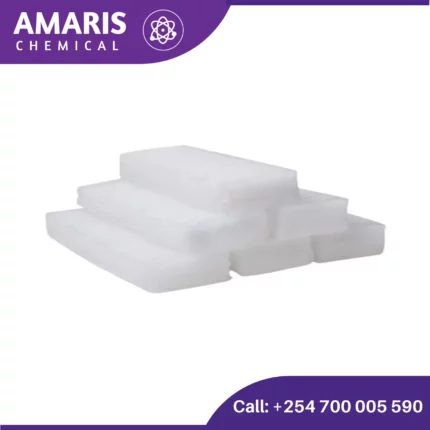

Phenolphthalein Solution 500ml
$850.00 Original price was: $850.00.$700.00Current price is: $700.00.
Phenolphthalein is a chemical compound commonly used as a pH indicator in titrations and other analytical chemistry applications. It is a colorless crystalline solid that is often dissolved in alcohol to create a phenolphthalein solution.
Properties of Phenolphthalein Solution
- pH Indicator:
- Acidic Solutions (pH < 8.2): Colorless
- Slightly Basic Solutions (pH 8.2 – 10.0): Pink to fuchsia
- Strongly Basic Solutions (pH > 10.0): Colorless
- Solubility: Phenolphthalein is soluble in alcohol and slightly soluble in water.
Preparation of Phenolphthalein Solution
- Ingredients:
- Phenolphthalein powder
- Ethanol (or another suitable alcohol)
- Distilled water
- Procedure:
- Dissolve 1 gram of phenolphthalein powder in 100 mL of ethanol.
- Dilute the solution with distilled water to make a 1% phenolphthalein solution (typically 100 mL of the ethanol solution to 900 mL of water).
Uses of Phenolphthalein Solution
1. Acid-Base Titrations
Phenolphthalein is commonly used as an indicator in acid-base titrations due to its clear and distinct color change:
- Procedure: A known concentration of an acid or base is slowly added to a solution containing phenolphthalein until a color change indicates that neutralization has occurred.
- Endpoint Detection: The solution changes from colorless to pink as the pH moves from acidic to slightly basic (around pH 8.2-10.0). Beyond pH 10.0, the solution becomes colorless again.
2. pH Indicator
Phenolphthalein is used to determine the pH range of a solution:
- Colorless in acidic solutions (pH < 8.2)
- Pink in slightly basic solutions (pH 8.2-10.0)
- Colorless in strongly basic solutions (pH > 10.0)
3. Qualitative Analysis
In analytical chemistry, phenolphthalein can be used for qualitative analysis:
- Detecting Carbonate Ions: Adding phenolphthalein to a solution containing carbonate ions will result in a pink color if the solution is basic.
- Alkalinity Test: Used to test for the presence of basic compounds in various solutions.
4. Visualizing Chemical Reactions
Phenolphthalein is used to visualize certain chemical reactions, particularly those involving neutralization and changes in pH:
- Demonstrating Neutralization: Used in educational settings to visually demonstrate the neutralization of acids and bases.
5. Medical and Biological Uses
Though not as common today, phenolphthalein has been used in biological research and diagnostics:
- Laxatives: Historically used in laxatives, though now less common due to safety concerns.
- Cell Viability Assays: Sometimes used in biological assays to assess cell viability.
6. Leachate Testing
Phenolphthalein is used in environmental science to test for leachates:
- Concrete Testing: Used to detect the presence of calcium hydroxide in concrete leachates. The solution turns pink in the presence of hydroxide ions, indicating basic conditions.
7. Amateur and Educational Chemistry
Phenolphthalein is popular in educational laboratories for teaching purposes:
- Chemistry Demonstrations: Used in various experiments to demonstrate chemical principles such as acid-base reactions, pH changes, and titration techniques.
Related products
2 Propanol 2.5 litres (IPA)
Acetic Acid 2.5litre
Aceto Carmine 100 ml
Properties
- Color: Red to purplish-red.
- Solubility: Soluble in water and ethanol.
- Staining Characteristics: Stains chromatin and cytoplasmic components, providing contrast for better visualization under a microscope.
Preparation
- Ingredients:
- Carmine dye: A natural red dye extracted from the cochineal insect.
- Acetic acid: A colorless liquid organic compound with a pungent smell.
- Procedure:
- Dissolve a specific amount of carmine powder in hot distilled water.
- Add glacial acetic acid to the solution.
- Filter the mixture to remove any undissolved particles.
Aluminum Oxide 500 grams
Aluminum Potassium Sulphate 500gm
Physical Properties:
- Appearance: Colorless, transparent crystals or white powder.
- Solubility: Soluble in water but insoluble in alcohol.
- Melting Point: Decomposes at high temperatures before melting.
Chemical Properties:
- Molecular Formula: KAl(SO₄)₂·12H₂O
- Molecular Weight: 474.39 g/mol (for the dodecahydrate form)
- Acidity: It is slightly acidic in aqueous solution.

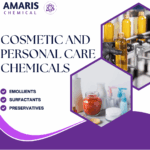
 Emollients
Emollients Humectants
Humectants UV Filters
UV Filters Surfactants (cosmetic)
Surfactants (cosmetic)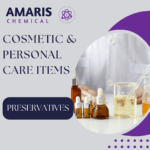 Preservatives (cosmetic)
Preservatives (cosmetic)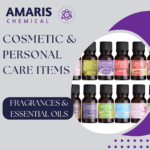 Fragrances and Essential Oils
Fragrances and Essential Oils Antioxidants (cosmetics)
Antioxidants (cosmetics)
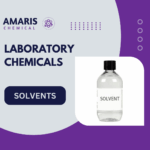 Solvents (lab)
Solvents (lab) Chromatography Chemicals
Chromatography Chemicals Microbiology and Cell Culture Reagents
Microbiology and Cell Culture Reagents Biochemical Reagents
Biochemical Reagents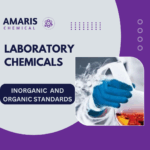 Inorganic and Organic Standards
Inorganic and Organic Standards Spectroscopy Reagents
Spectroscopy Reagents Molecular Biology Reagents
Molecular Biology Reagents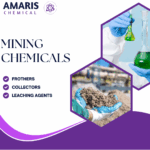
 Precious Metal Extraction Agents
Precious Metal Extraction Agents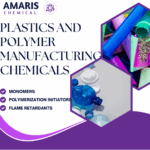
 Plasticizers
Plasticizers Polymerization Initiators
Polymerization Initiators Stabilizers
Stabilizers Monomers
Monomers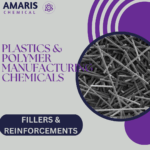 Fillers and Reinforcements
Fillers and Reinforcements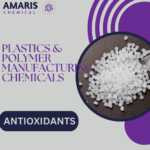 Antioxidants (plastics)
Antioxidants (plastics)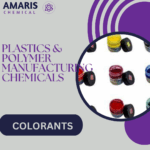 Colorants (plastic pigments,Dyes)
Colorants (plastic pigments,Dyes)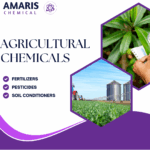
 Fertilizers
Fertilizers Plant Growth Regulators
Plant Growth Regulators Soil Conditioners
Soil Conditioners Animal Feed Additives
Animal Feed Additives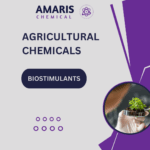 Biostimulants
Biostimulants
 Dough Conditioners
Dough Conditioners Flour Treatments
Flour Treatments Fat Replacers
Fat Replacers Preservatives (baking)
Preservatives (baking)
 Surfactants (cleaning)
Surfactants (cleaning)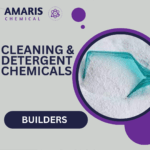 Builders
Builders Bleaching Agents
Bleaching Agents Enzymes
Enzymes Solvents (cleaning)
Solvents (cleaning)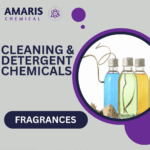 Fragrances
Fragrances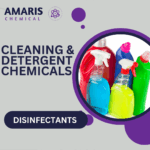 Disinfectant
Disinfectant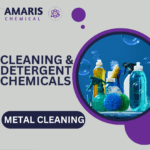 Metal cleaning
Metal cleaning
 Binders/Resins
Binders/Resins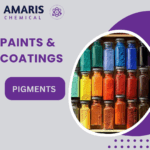 Pigments
Pigments Solvents (paint)
Solvents (paint) Additives
Additives Driers
Driers Anti-Corrosion Agents
Anti-Corrosion Agents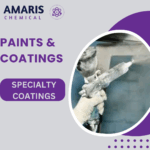 Specialty Coatings
Specialty Coatings Functional Coatings
Functional Coatings Application-Specific Coatings
Application-Specific Coatings
 Sealants and Adhesives
Sealants and Adhesives
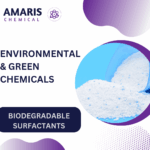 Biodegradable Surfactants
Biodegradable Surfactants Bio-based Solvents
Bio-based Solvents Renewable Polymers
Renewable Polymers Carbon Capture Chemicals
Carbon Capture Chemicals Wastewater Treatment Chemicals
Wastewater Treatment Chemicals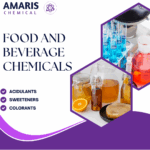
 Preservatives (food)
Preservatives (food)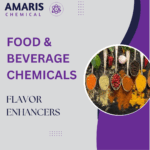 Flavor Enhancers
Flavor Enhancers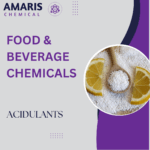 Acidulants
Acidulants Sweeteners
Sweeteners Emulsifiers
Emulsifiers Antioxidants (food)
Antioxidants (food) Colorants (food)
Colorants (food) Nutrient Supplements
Nutrient Supplements Nutraceutical Ingredients
Nutraceutical Ingredients
 Fresh Herbs
Fresh Herbs Whole Spices
Whole Spices Ground Spices
Ground Spices Spice Blends
Spice Blends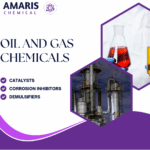
 Surfactants(oil)
Surfactants(oil)
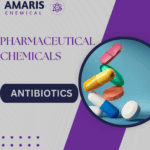 Antibiotics
Antibiotics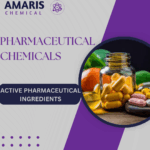 Active Pharmaceutical Ingredients
Active Pharmaceutical Ingredients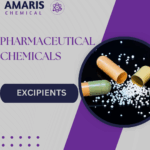 Excipients
Excipients Vaccine Adjuvants
Vaccine Adjuvants Nutraceutical Ingredients
Nutraceutical Ingredients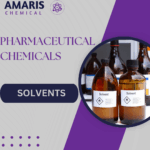 Solvents (pharmaceutical)
Solvents (pharmaceutical)
 Automotive chemicals
Automotive chemicals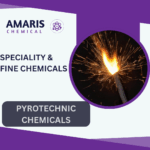 Pyrotechnic Chemicals
Pyrotechnic Chemicals
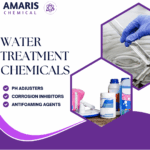

 Vulcanizing Agents
Vulcanizing Agents Accelerators & Retarders
Accelerators & Retarders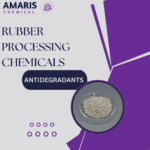 Antidegradants
Antidegradants Reinforcing Agents
Reinforcing Agents Plasticizers & Softeners
Plasticizers & Softeners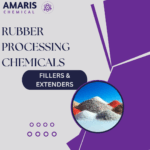 Fillers & Extenders
Fillers & Extenders Blowing Agents
Blowing Agents Adhesion Promoters
Adhesion Promoters
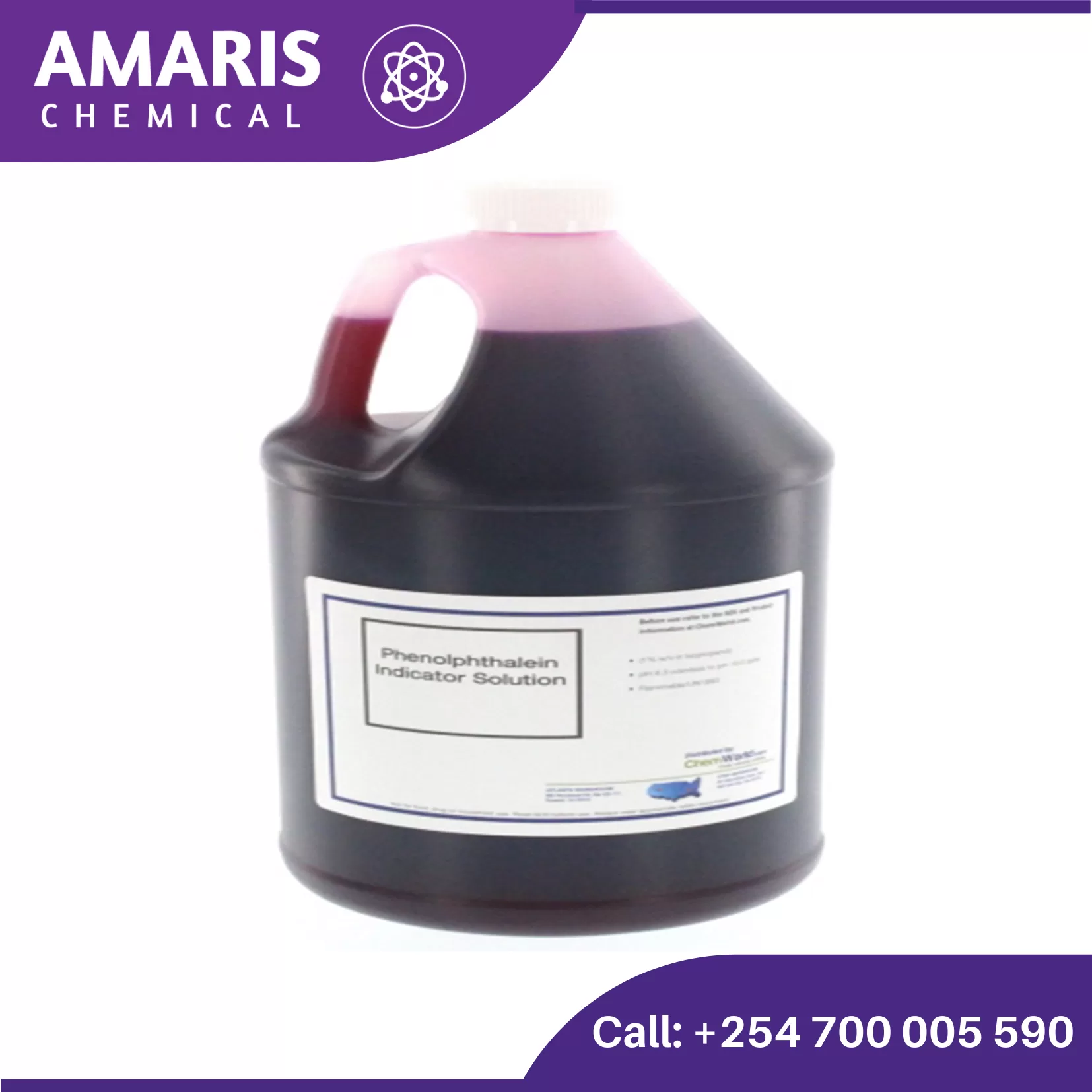
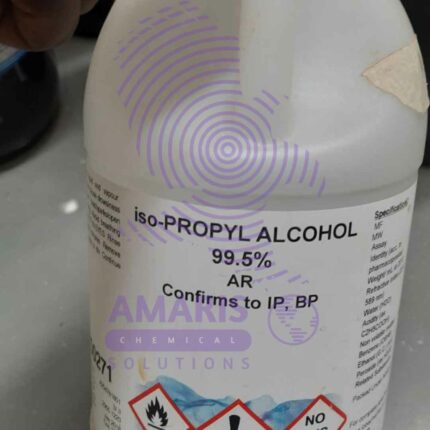


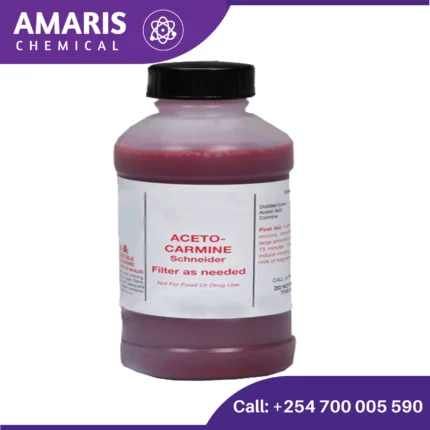



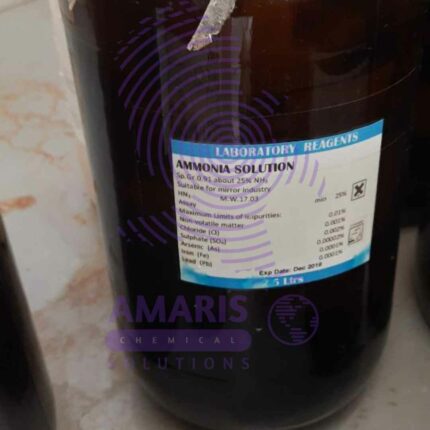

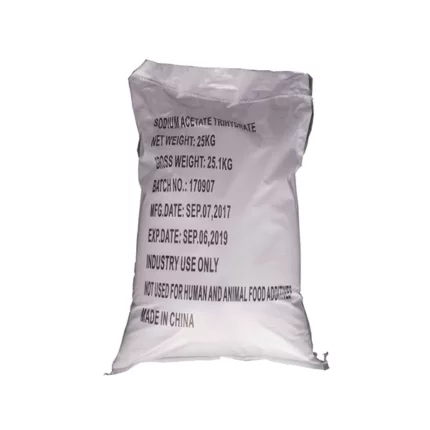

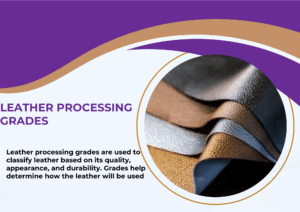



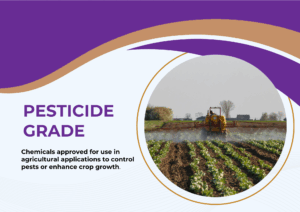






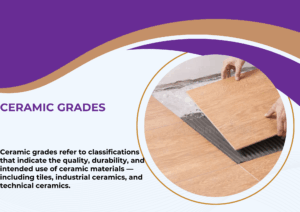

Reviews
There are no reviews yet.